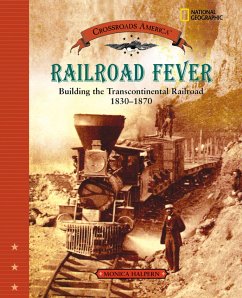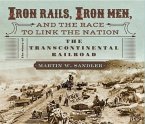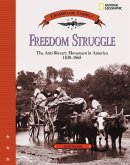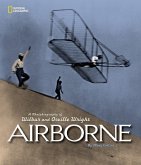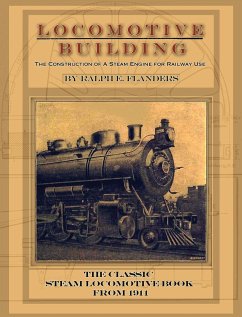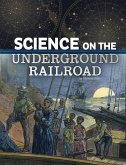By the 1840s, daring Americans were trickling westward to begin a new life in the great wide open. When gold was discovered in 1848, the promise of riches drew people by the thousands out to California. But the journey was slow and dangerous, since the best ways of travelling were by wagon and on foot.During the "railroad fever" of the 1830s, thousands of miles of track were laid, mostly throughout the Northeast and the South. Few had dreamt of extending this new travel westward-but all it takes is a few. Abraham Lincoln signed the Pacific Railroad Act in 1862, allowing for the start of the first transcontinental railroad.Though construction problems and hard times confronted them, American workers, Chinese immigrants, and former slaves pounded away through the rough geography of the western U.S., paving a path for the new train.A day in the life of a railroad worker was not an easy one. The work was backbreaking; the conditions were terrible; and workers were often faced with attack from Native Americans. The building of the railroad turned into a great race between two companies, the Central Pacific and the Union Pacific, to see who could finish their part of the railroad faster. The company that got farthest stood to make the most money. The "great race" turned into a national pastime-with reports of progress dominating the news.Railroad Fever illuminates the struggles of the railroad worker, the anger of the Plains Indians, and the many changes in both American life and geography that were prompted by the railroad. The completion of the transcontinental railroad left empty boomtowns across the country, changed the ethnic face of America, and, of course, created a new exciting andfast way of travel.Like the other titles in the Crossroads America series, Railroad Fever is illustrated with period paintings, drawings, and photographs. Also included are a glossary and an index.
In the 1840s, the desire for new land and the promise of riches drew thousands of Americans westward. But the journey by wagon and on foot was slow and dangerous, and people yearned for a new way to travel. The dream of creating a railroad that spanned the entire country seemed at best fleeting, but the passion of a few ignited a nation. Railroad fever had struck. The transcontinental railroad would forever change the face of the country. Through the hard work of Irish and Chinese immigrants, former slaves, and others, the dream of transcontinental travel became a reality. Fighting rough terrain and enduring backbreaking work and terrible conditions, the workers pushed on in the "great race" that developed between the Central Pacific and the Union Pacific railroads. Part of National Geographic's Crossroads America series, Railroad Fever: Building the Transcontinental Railroad, 1830-1870 is a story of struggle, dreams, and the building of America.
Hinweis: Dieser Artikel kann nur an eine deutsche Lieferadresse ausgeliefert werden.
In the 1840s, the desire for new land and the promise of riches drew thousands of Americans westward. But the journey by wagon and on foot was slow and dangerous, and people yearned for a new way to travel. The dream of creating a railroad that spanned the entire country seemed at best fleeting, but the passion of a few ignited a nation. Railroad fever had struck. The transcontinental railroad would forever change the face of the country. Through the hard work of Irish and Chinese immigrants, former slaves, and others, the dream of transcontinental travel became a reality. Fighting rough terrain and enduring backbreaking work and terrible conditions, the workers pushed on in the "great race" that developed between the Central Pacific and the Union Pacific railroads. Part of National Geographic's Crossroads America series, Railroad Fever: Building the Transcontinental Railroad, 1830-1870 is a story of struggle, dreams, and the building of America.
Hinweis: Dieser Artikel kann nur an eine deutsche Lieferadresse ausgeliefert werden.

